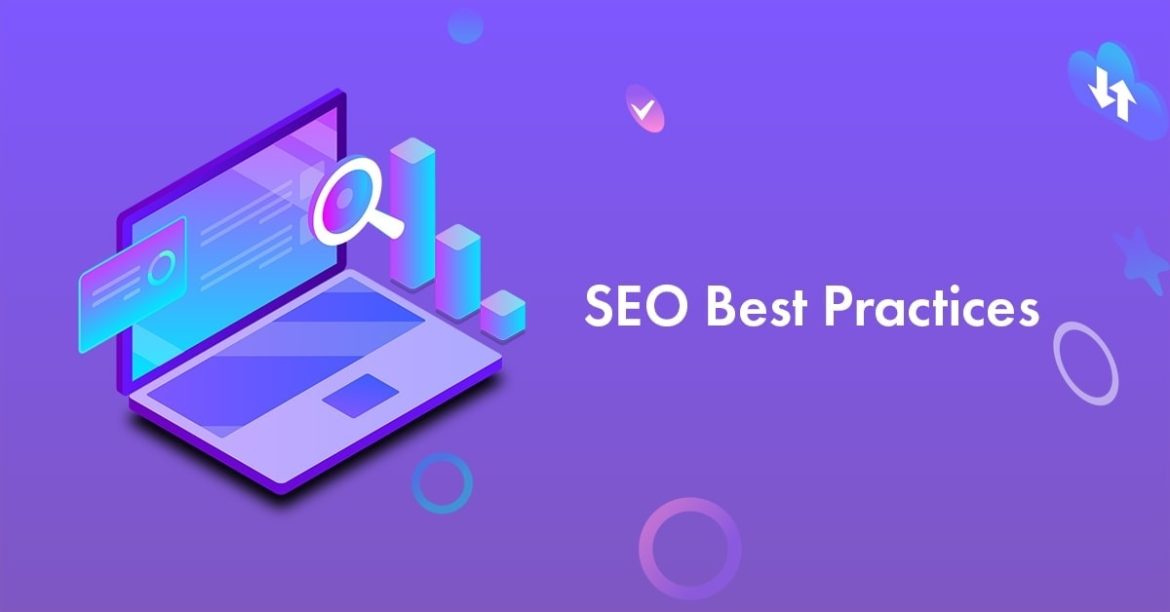In today’s digital landscape, Google SEO (Search Engine Optimization) is essential for any website looking to increase its visibility and attract more organic traffic. Understanding and implementing the best practices of Google SEO can significantly impact your website’s ranking on search engine results pages (SERPs), leading to higher traffic and better conversion rates. This guide will walk you through the most important aspects of Google SEO to help you optimize your site effectively.
Understanding Google’s Algorithm
Google’s search algorithm is a complex system used to retrieve data from its search index and instantly deliver the best possible results for a query. The algorithm considers various factors, including the relevance of your content, website performance, and user experience. Staying updated with Google’s algorithm changes and understanding its core principles is crucial for effective SEO.
Key Components of Google’s Algorithm
- Content Quality: Google prioritizes high-quality, relevant content that provides value to users.
- Backlinks: The quantity and quality of backlinks to your site signal to Google the authority and trustworthiness of your content.
- Mobile-Friendliness: With the majority of searches conducted on mobile devices, having a mobile-friendly website is essential.
- Page Speed: Faster-loading pages improve user experience and can positively impact your rankings.
- User Experience (UX): A well-designed, easy-to-navigate website enhances user satisfaction and engagement.
Keyword Research and Optimization
Effective keyword research is the foundation of successful Google SEO. It involves identifying the terms and phrases your target audience uses to find information related to your business.
Steps for Keyword Research
- Brainstorm Keywords: Start with a list of relevant topics related to your business.
- Use Keyword Tools: Utilize tools like Google Keyword Planner, Ahrefs, and SEMrush to find popular keywords and search volumes.
- Analyze Competitors: Study the keywords your competitors are ranking for and identify gaps in your strategy.
- Long-Tail Keywords: Focus on long-tail keywords as they are less competitive and more specific, leading to higher conversion rates.
On-Page Optimization
On-page SEO refers to the practices of optimizing individual web pages to rank higher and earn more relevant traffic. This includes both the content and HTML source code of a page.
Essential On-Page SEO Elements
- Title Tags: Use unique, descriptive titles with relevant keywords.
- Meta Descriptions: Write compelling meta descriptions that include your primary keyword.
- Header Tags: Organize your content with H1, H2, and H3 tags to enhance readability.
- URL Structure: Create clean, keyword-rich URLs.
- Image Optimization: Use descriptive filenames and alt text for images.
Content Creation and Marketing
Content is king in the realm of Google SEO. Creating high-quality, engaging content that meets the needs of your audience is vital.
Tips for Effective Content Creation
- Originality: Ensure your content is unique and offers a fresh perspective.
- Relevance: Address topics that are important to your audience.
- Depth: Provide comprehensive information and cover topics in detail.
- Engagement: Use multimedia elements like images, videos, and infographics to make your content more engaging.
- Regular Updates: Keep your content up-to-date to maintain its relevance and accuracy.
Technical SEO
Technical SEO involves optimizing your website’s infrastructure to ensure search engines can crawl and index your site effectively.
Key Technical SEO Practices
- XML Sitemap: Create and submit an XML sitemap to Google Search Console.
- Robots.txt: Use a robots.txt file to control which pages search engines can crawl.
- HTTPS: Secure your website with HTTPS to build trust and improve rankings.
- Schema Markup: Implement schema markup to help search engines understand your content better and enhance your SERP features.
- Fix Broken Links: Regularly check for and fix any broken links on your site.
Link Building Strategies
Backlinks are a critical factor in Google SEO. Building a strong backlink profile from authoritative websites can significantly boost your search engine rankings.
Effective Link Building Techniques
- Guest Blogging: Write high-quality articles for reputable blogs in your industry.
- Broken Link Building: Identify broken links on other websites and offer your content as a replacement.
- Infographics: Create informative infographics that others will want to share.
- Outreach: Connect with influencers and bloggers to promote your content.
- Social Media: Share your content on social media platforms to increase its reach and attract backlinks.
Monitoring and Analytics
Regularly monitoring your website’s performance is essential to understand what is working and what needs improvement.
Tools for SEO Monitoring
- Google Analytics: Track website traffic, user behavior, and conversion rates.
- Google Search Console: Monitor your website’s search performance and identify issues.
- Ahrefs: Analyze your backlink profile and competitor strategies.
- SEMrush: Track keyword rankings and perform site audits.
Conclusion
Mastering Google SEO is a continuous process that requires staying updated with the latest algorithm changes, consistently producing high-quality content, and optimizing your website for both users and search engines. By following the best practices outlined in this guide, you can improve your website’s visibility, attract more organic traffic, and achieve better search engine rankings.
